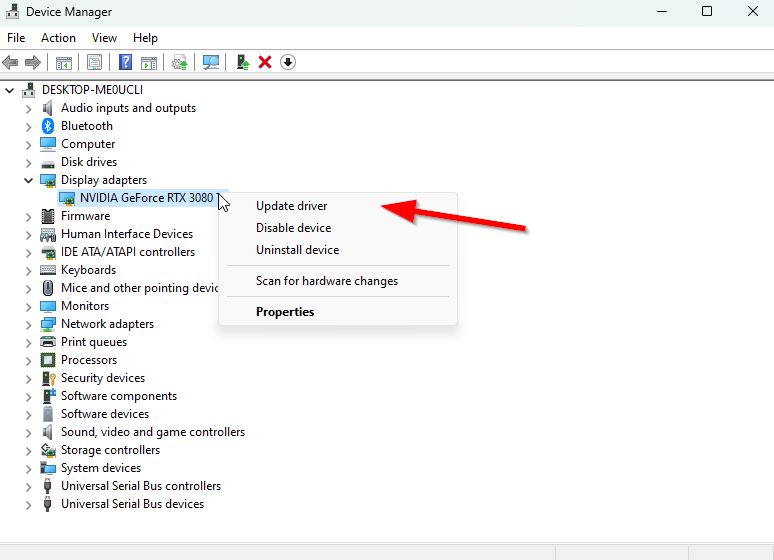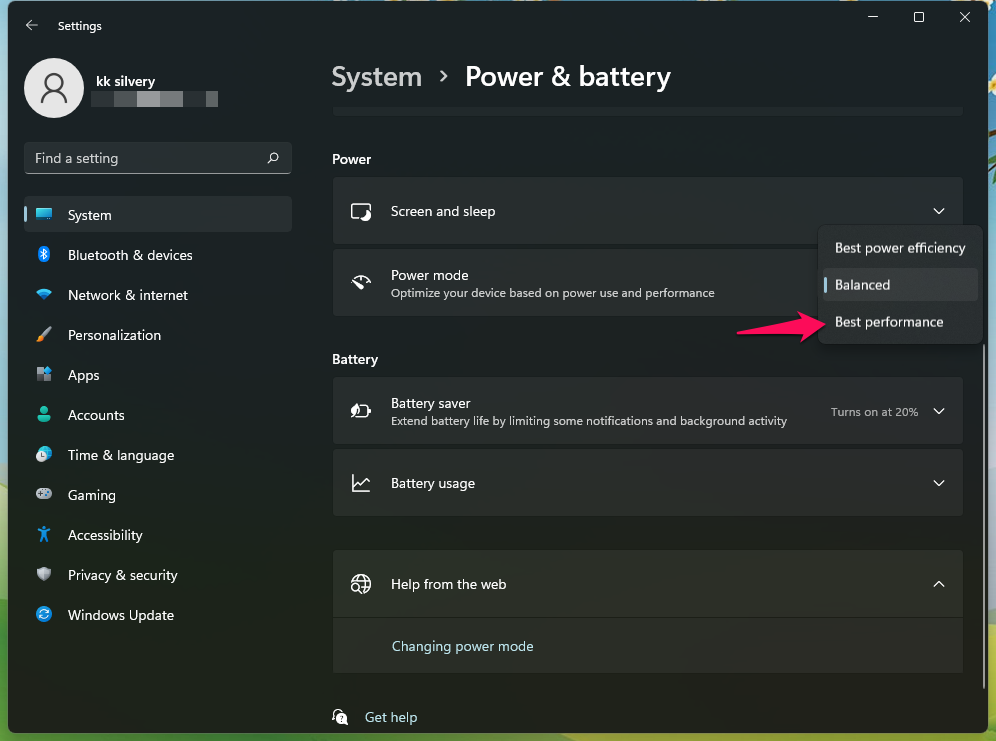Grounded is a survival game developed by Obsidian Entertainment and published by Xbox Game Studios. It was released in July 2020 as early access, and recently it was made available to the public as a stable release. The game is available for Microsoft Windows, Xbox Series X, and Xbox One platforms. Though the title has received millions of positive reviews on Steam, some players report that their Grounded game is not using 100% GPU. In this guide, we will help you troubleshoot to fix the Grounded game.
Well, it has become one of the widespread issues among PC gamers for some titles. Developers haven’t provided any specific reason or patch fix for this issue. However, you don’t need to worry about it because here, we’ve shared a couple of possible workarounds that should help. According to several reports, players are getting in-game stutters, game crashes, lags, frame drops, other graphical glitches, and so on.

Page Contents
How to Fix If Grounded Not Using GPU
In most scenarios, such issues might appear whenever the specific game doesn’t use the PC’s dedicated or external graphics card. Well, that doesn’t mean your graphics card isn’t working or it has some issues. Though the graphics card is working fine and connected properly, sometimes the game has some configuration issues that you’ll have to adjust manually. So, without wasting any more time, let’s jump into it.
1. Use a Dedicated Graphics Card
Ensure your computer system uses the dedicated or external graphics card to run the Grounded game. It’ll eventually reduce game stutters, lags, and frame drops. If you don’t know which settings to adjust, follow the steps below.
For Nvidia:
You can do the following if you’re using the Nvidia graphics card.
- Right-click on the desktop blank screen > Click on NVIDIA Control Panel.
- Click on 3D settings > Select Manage 3D settings in the left pane.
- Select the Program Settings tab > Choose Grounded from the drop-down list.
- Now, select a High-performance NVIDIA processor.
- Save changes and reboot the PC to apply changes.
For AMD:
AMD graphics card users can do the following.
- Right-click on the Desktop blank screen > Select AMD Radeon Settings from the context menu.
- Now, click on System > Select Switchable Graphics.
- Make sure to save changes and reboot the PC to apply changes.
2. Update GPU Drivers
An outdated or corrupted graphics card driver can trigger multiple games or system performance issues. It’s highly recommended to check the graphics driver update. To do so:
- Press the Windows + X keys to open the Quick Link Menu.
- Click on Device Manager from the list > Double-click on Display adapters.
- Right-click on the dedicated graphics card that you’re currently using.

- Click on Update driver > Choose Search automatically for drivers.
- If the latest update is available, it’ll automatically download & install the latest version.
- Once done, restart the computer to apply changes immediately.
Alternatively, you can manually download the latest graphics driver version and install it on the PC via the official website. Make sure to download the graphics driver file respective to your graphics card model and manufacturer. Nvidia graphics card users can update the GeForce Experience app via the Nvidia official site, and AMD graphics card users can visit the AMD website for the same.
3. Close Background Running Tasks
Unnecessary background running tasks or programs can eat up a lot of system resources like CPU or Memory usage, reducing system performance. Hence, the startup crashing, lagging, and not loading issues often appear. Simply, close all the unnecessary background running tasks completely. To do this:
- Press Ctrl + Shift + Esc keys to open up the Task Manager.
- Now, click on the Processes tab > to select tasks unnecessarily running in the background and consuming enough system resources.
- Click on End Task to close it one by one.
- Once done, restart your system.
4. Change Power Plan
It’s also highly recommended to change the power plan on the computer because the Windows system uses the Balanced power plan by default. But it reduces performance which can be improved by changing the power plan. Keep in mind that the performance plan can consume higher power. To do so:
- Press the Windows + R keys to open the Run dialog box.
- Type Control Panel in the field and click on OK from the search result to open it.
- Now, search for Power Options (Power & battery) and open it.

- Click on Best Performance > Reboot your PC to save changes immediately.
5. Tweak In-Game Graphics Settings
You can also change the in-game graphics settings to check if the problem is still appearing or not.
- Launch the Steam client and open Grounded from the Library.
- Click on the gear icon inside the Grounded game to enter the Settings menu.
- Now, make sure to select ‘Turn off VSync.’
- Then set each option under Advanced Settings to the low or medium.
6. Verify Game Files via Steam
Corrupted or missing game files may trigger some issues with the game launching or running smoothly. Make sure to verify the game files and repair them via the Steam client by following the steps below:
- Open the Steam client on the PC and log into the account > Head over to Library.
- Right-click on the Grounded game from the left pane.
- Click on Properties > Click on the Local Files tab.
- Then click on Verify Integrity of game files…
- Now, wait for the process to complete and close the Steam client.
- Finally, restart the PC to apply changes.
7. Reinstall Grounded
If none of the methods worked for you, try reinstalling the Grounded game on the PC to check if that helps you fix the lagging or FPS drop issue due to not using a dedicated GPU (graphics card).
- Open the Steam client on your PC.
- Go to Library > Right-click on Grounded.
- Select Uninstall > Click on Delete to confirm.
- Wait for the uninstallation process to complete > Exit the Steam client.
- Now, open the File Explorer application > Copy-paste C:\Program Files (x86)\Steam\steamapps\common on the address bar and hit Enter to search for the location.
- Go to the Grounded folder and Delete the folder completely.
- Reboot the PC to apply changes > Open Steam Store and Reinstall the Grounded game again. [Obviously, this may take enough time, but you should try it out]
- It should fix the lag or FPS drop issue completely.
That’s it, guys. We assume this guide was helpful to you. For additional queries, you can comment below.

Helped me in no way.